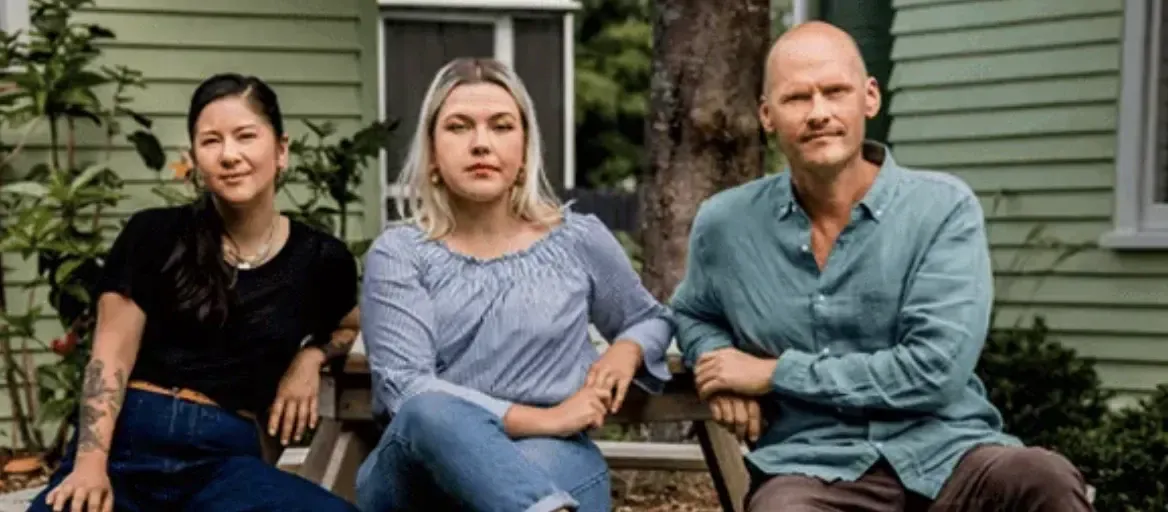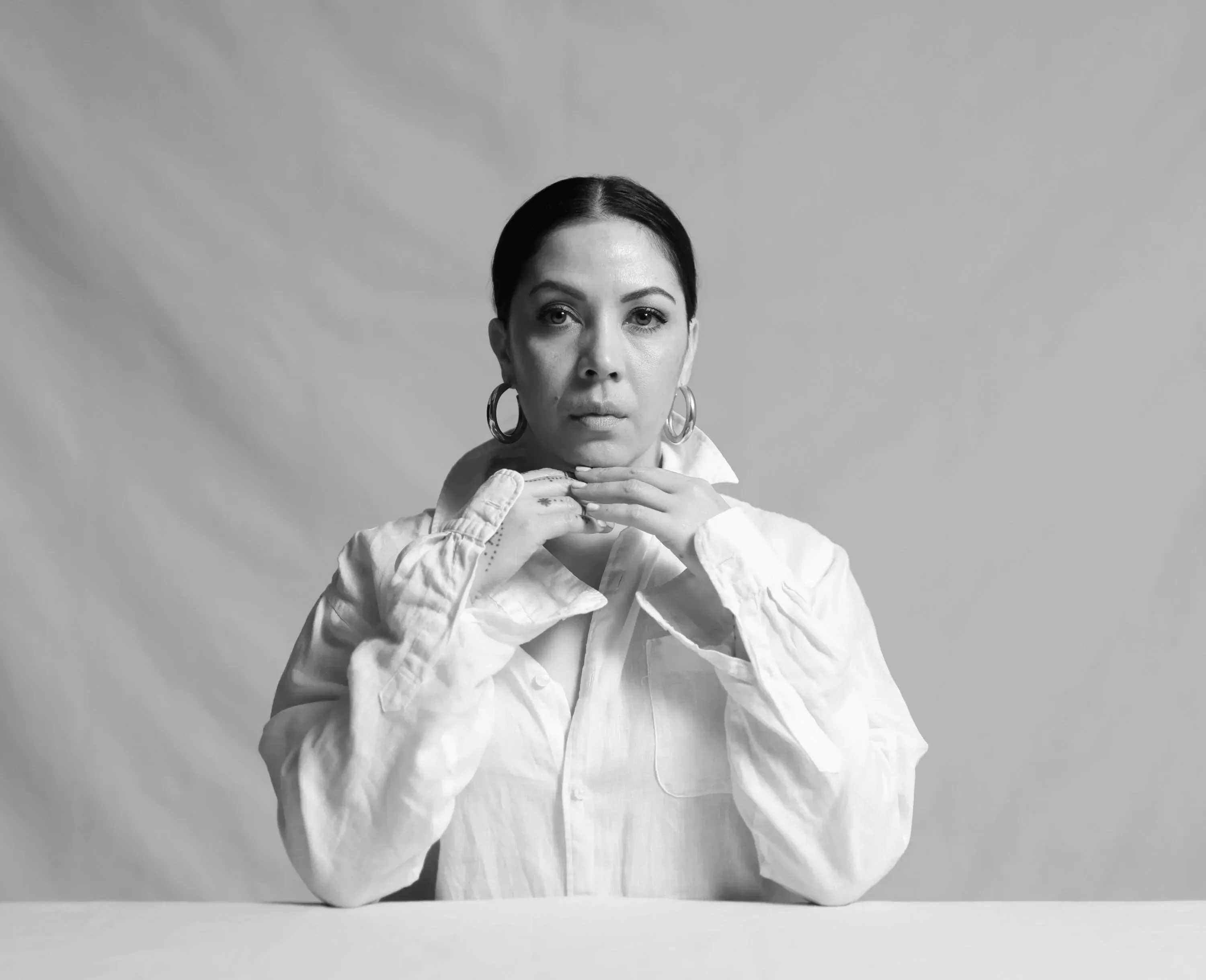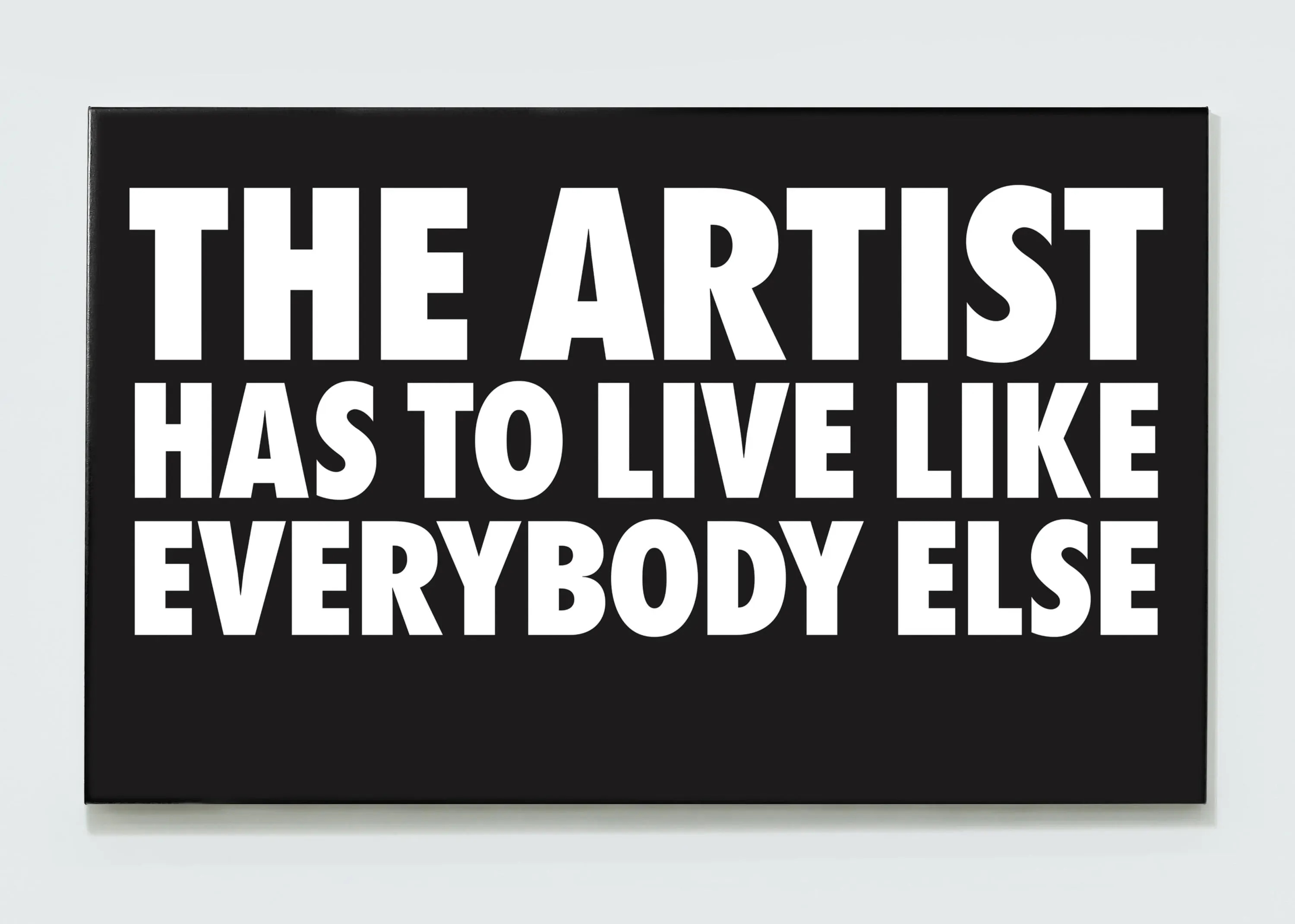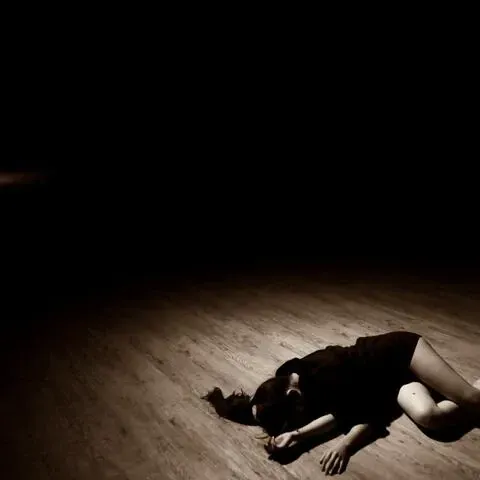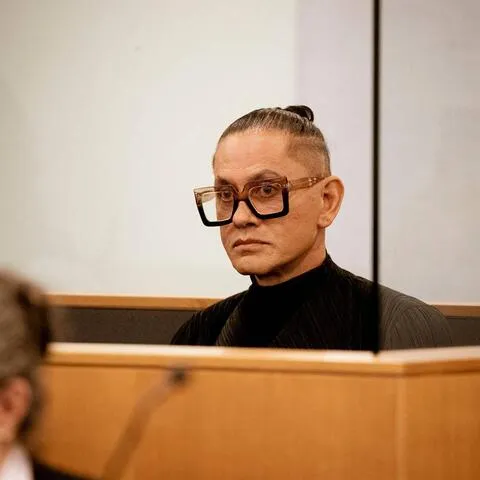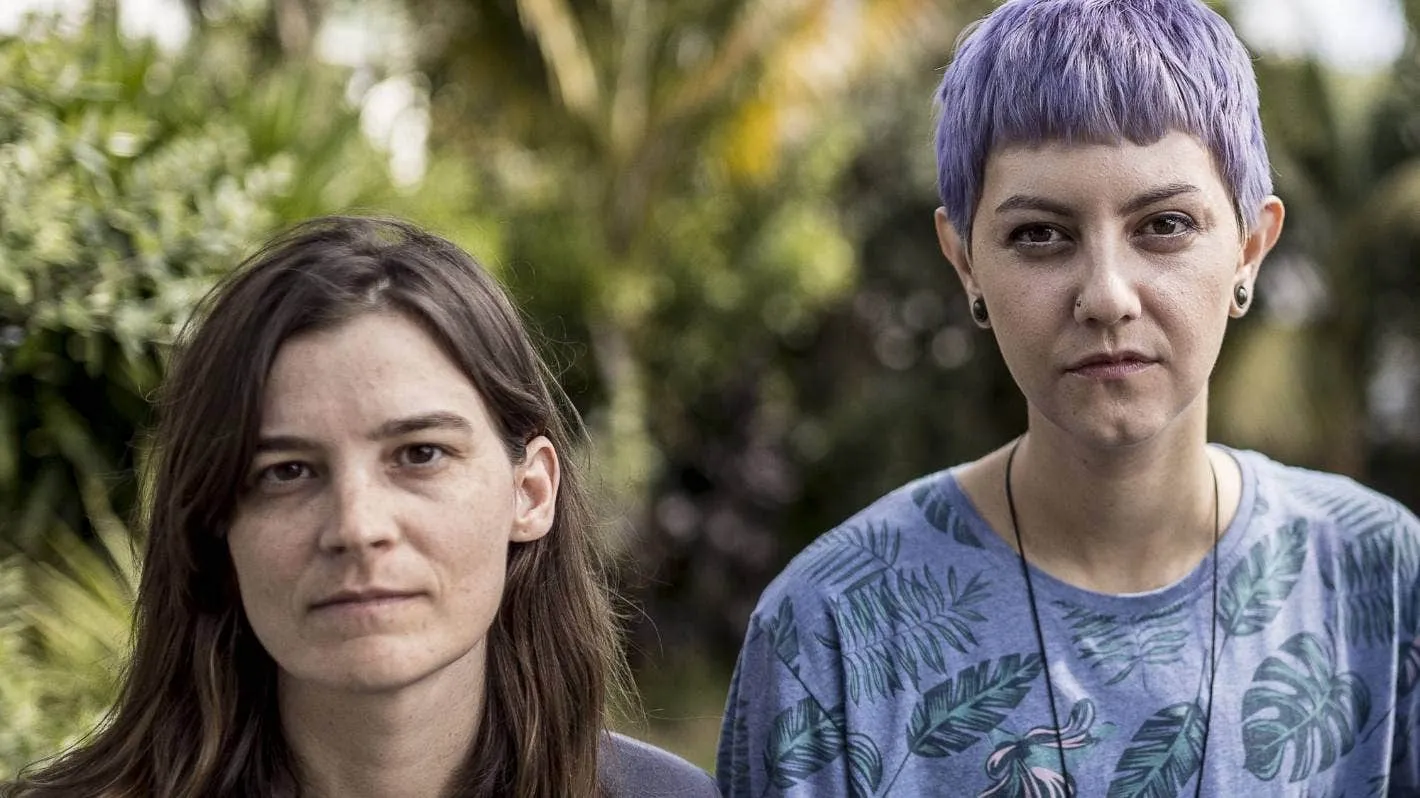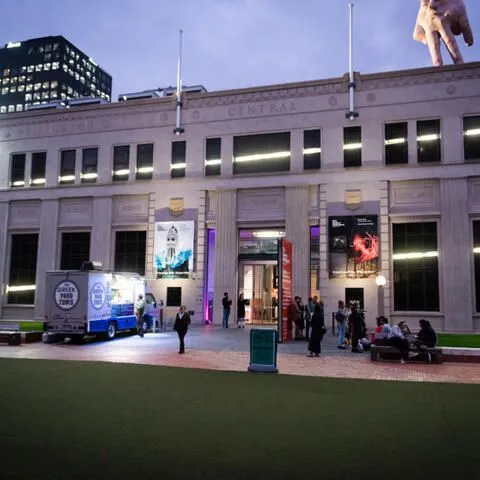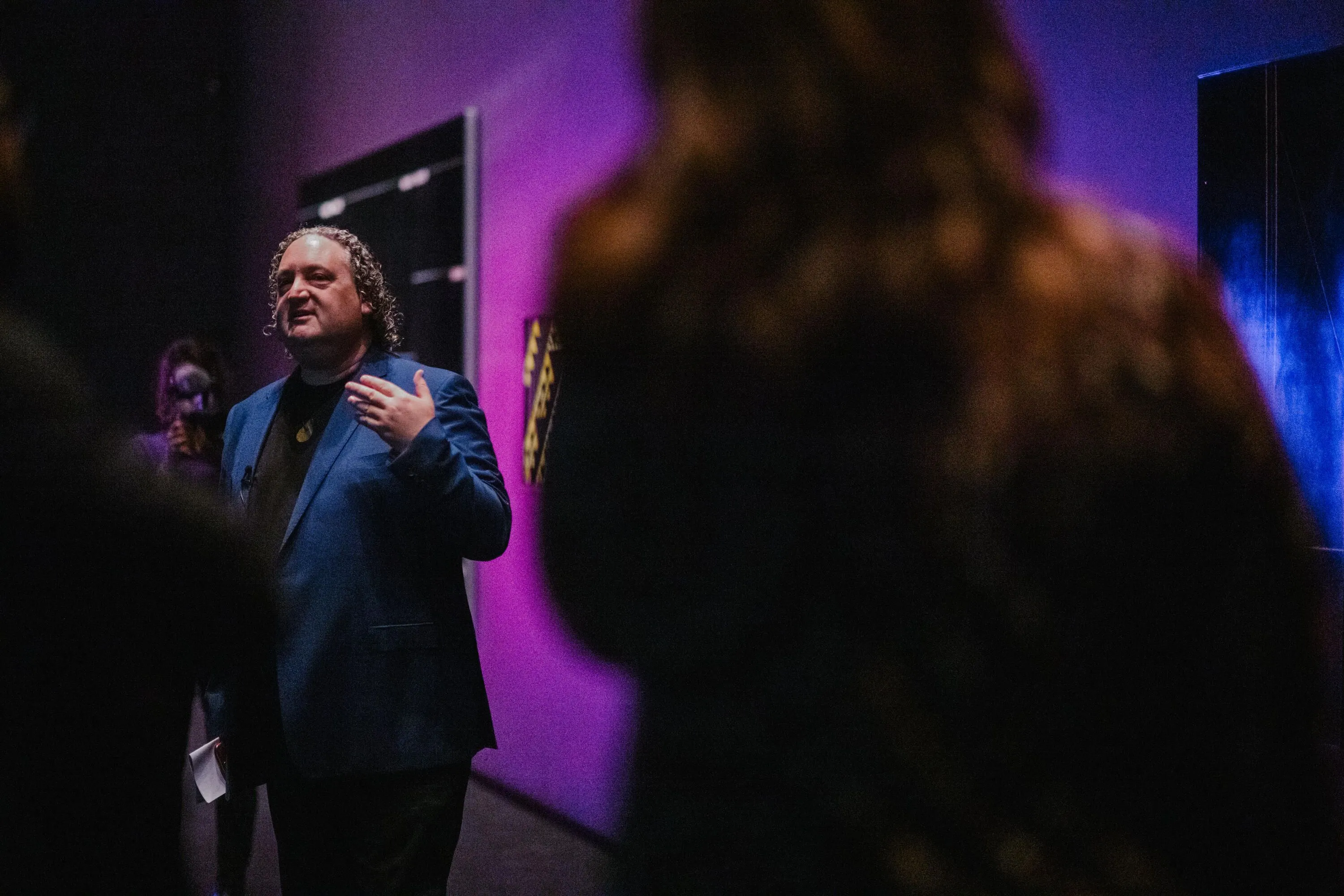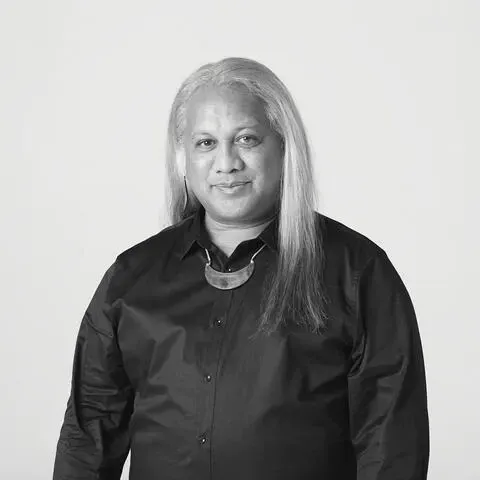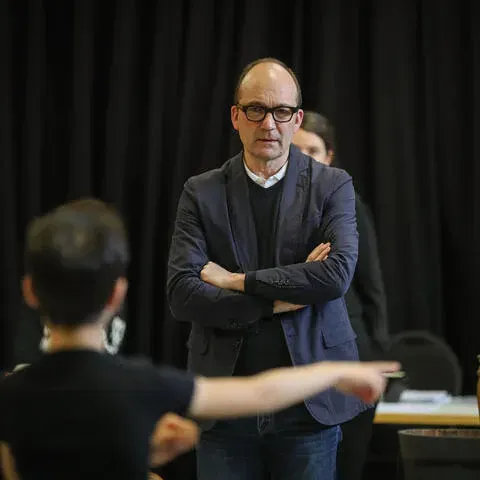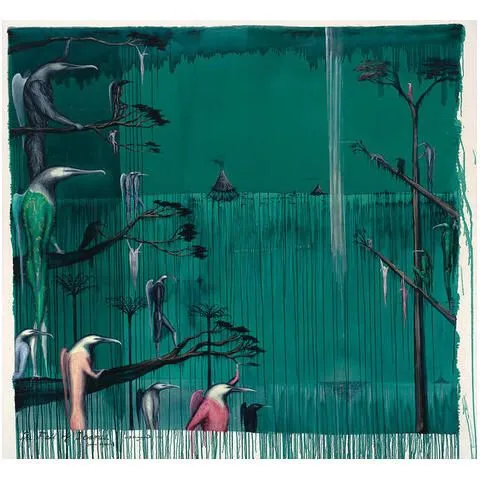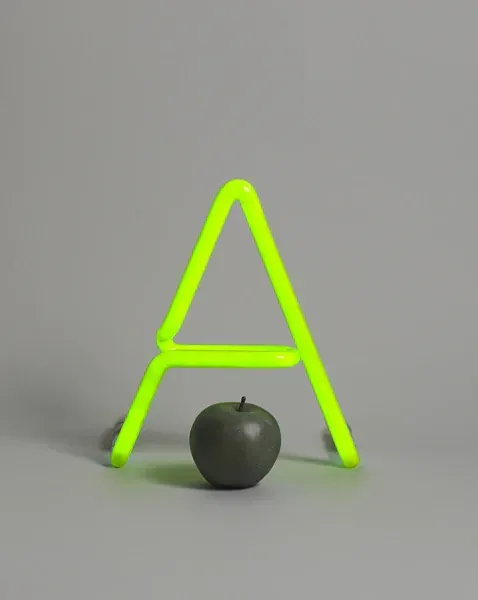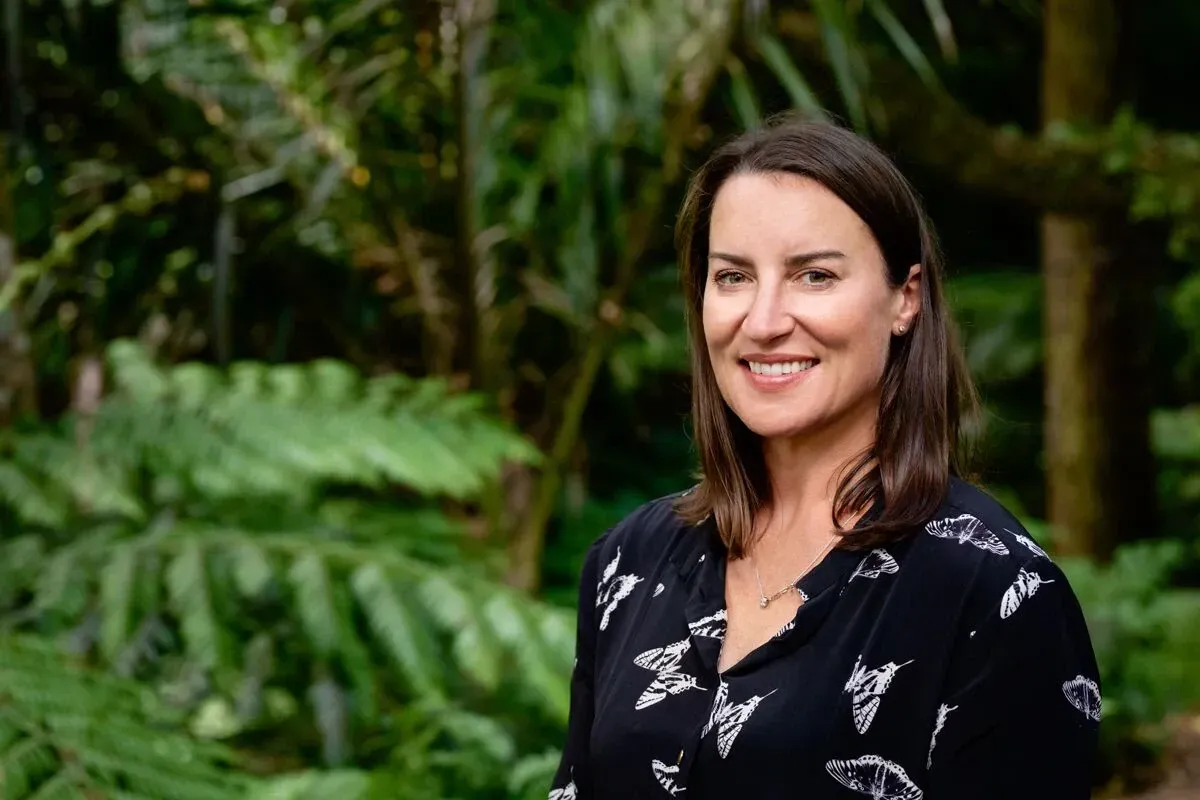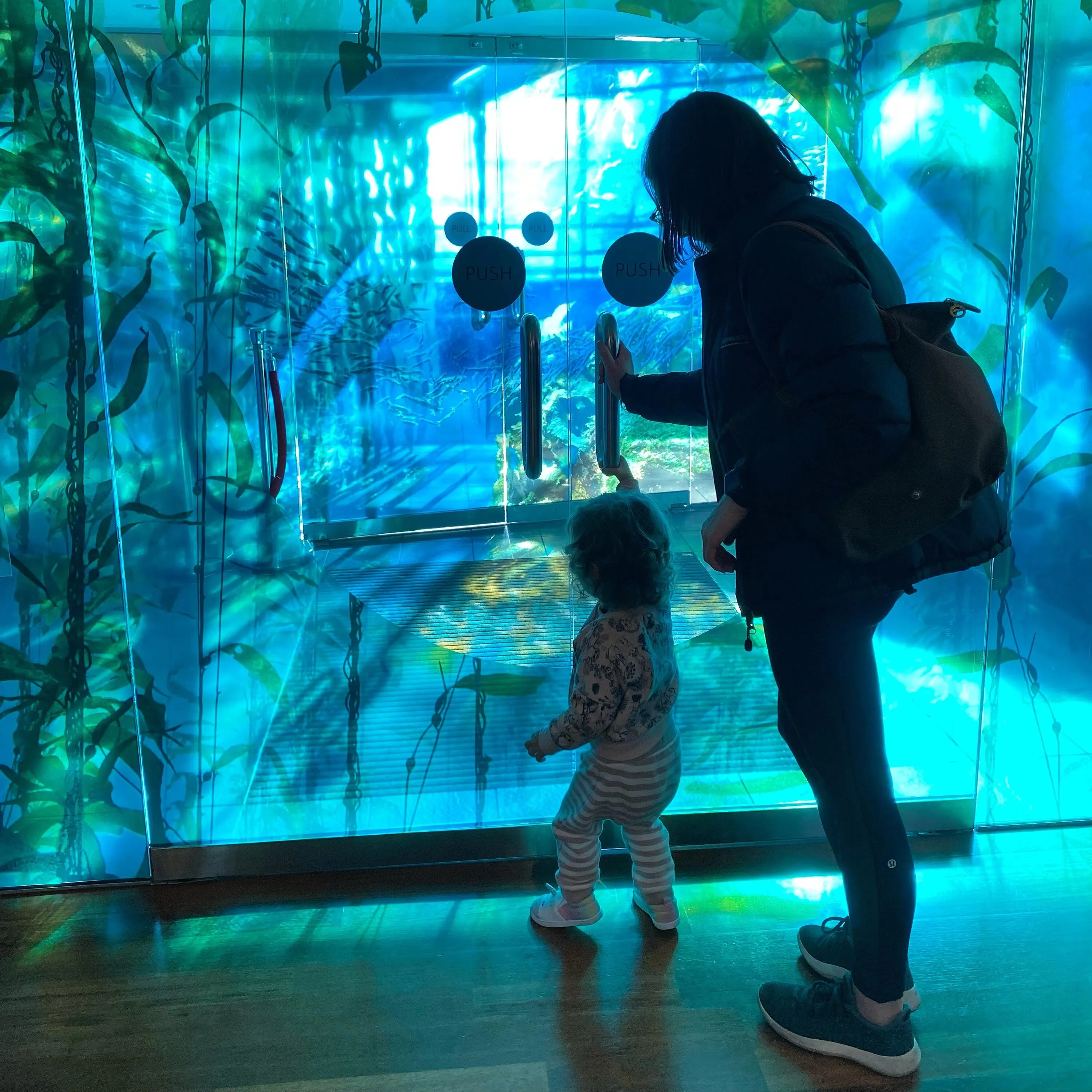Scandal, Controversy & Speaking Up: The Lowdown Review of 2021
Written by
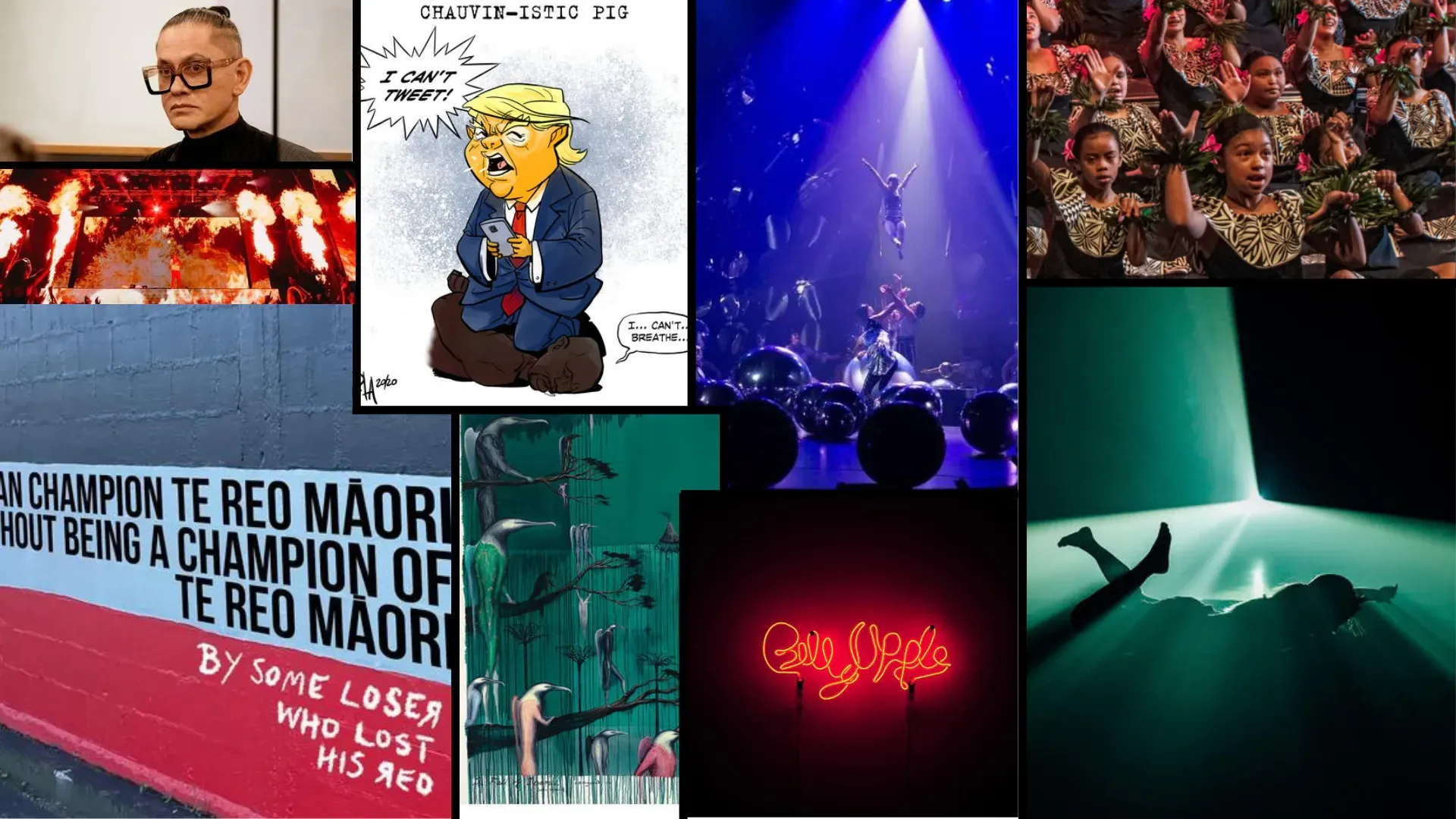
They lied.
After the dumpster fire of a year that was 2020, we were optimistically - and in hindsight, unrealistically - promised a better year to follow.
Try telling that to so many in the arts world - or anyone who’s just finished Auckland’s ultramarathon of a Lockdown.
If 2020 was a shock to the system that caught us all unprepared, 2021 was a war of attrition that wore down all but the heartiest of souls. Every lockdown, cancellation or postponement heaped extra pressure on what was already a tough industry. Pre-pandemic.
The Lowdown has been tackling the biggest issues, the most important stories in the creative community all year - and there have been some thorny topics, major moments of scandal and controversy.
Here are what has stood out in 2021, with reaction and commentary from those at the coalface.
The year independent creatives found their voice
Living outside of the arts organisations funding umbrella has never been as fraught as during this COVID era.
But it has also perhaps emboldened the community of independent creatives to be prepared to collectively yell “we’re done being ignored.”
The results of November’s Independent Artists survey show that there is growing concern on not only how to make a living, but how to even get their hands on the emergency relief money being offered.
When you hear that 73% of those surveyed were hit with cancellations during Delta and that only 7.5% of the fulltime practitioners surveyed were able to fit the Emergency Relief Funding application criteria, alarm bells were ringing.
The survey results were definitely heard - Manatū Taonga and Arts, Culture and Heritage Minister Carmel Sepuloni both acknowledged the findings to The Lowdown and agreed they were “taking it seriously” - the next steps on this front will be crucial in showing that’s more than lip service.
Sam Snedden - one of the trio who drove the survey with Johanna Cosgrove and Alice Canton - told The Lowdown Review “Artists are incredibly resilient. They remain resilient.
“But it would be great if they didn't have to be. It would be great if they were given the tools and support to thrive rather than simply to survive.”
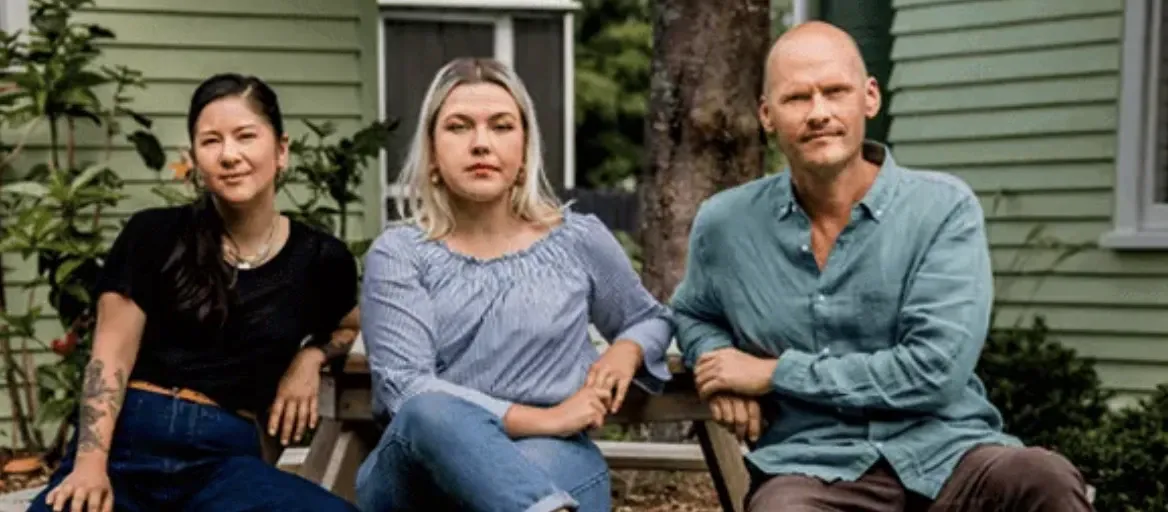
Alice Canton, Johanna Cosgrove and Sam Snedden, Photo: Supplied.
The Lowdown made a concerted effort in 2021 to amplify those independent voices - those who were no longer content with having independent creatives spoken about without being spoken to.
As content creator Shelley Te Haara told us in September “ I think people are realising more how much all those little parts makes this big machine run. Without the artists, music labels and other organisations like that are pointless.”
Leading advocate Cat Ruka - who helped bring the voice of the independents to the highest offices in Aotearoa - told The Lowdown Review "we all know that it's the independent artists that are the beating heart of our industry, and that it's their perspectives and realities that hold the richest of insights for a more equitable and dynamic way forward for our industry.
“And yet they are the lowest paid workers within the ecology and it's taken a global pandemic for them to have a seat at the decision-making table.
“For me that says a lot about the inherent power dynamics that have been at play within our sector - in the coming years I'd love to see a complete flip where independent artists lead us and we all get behind them."
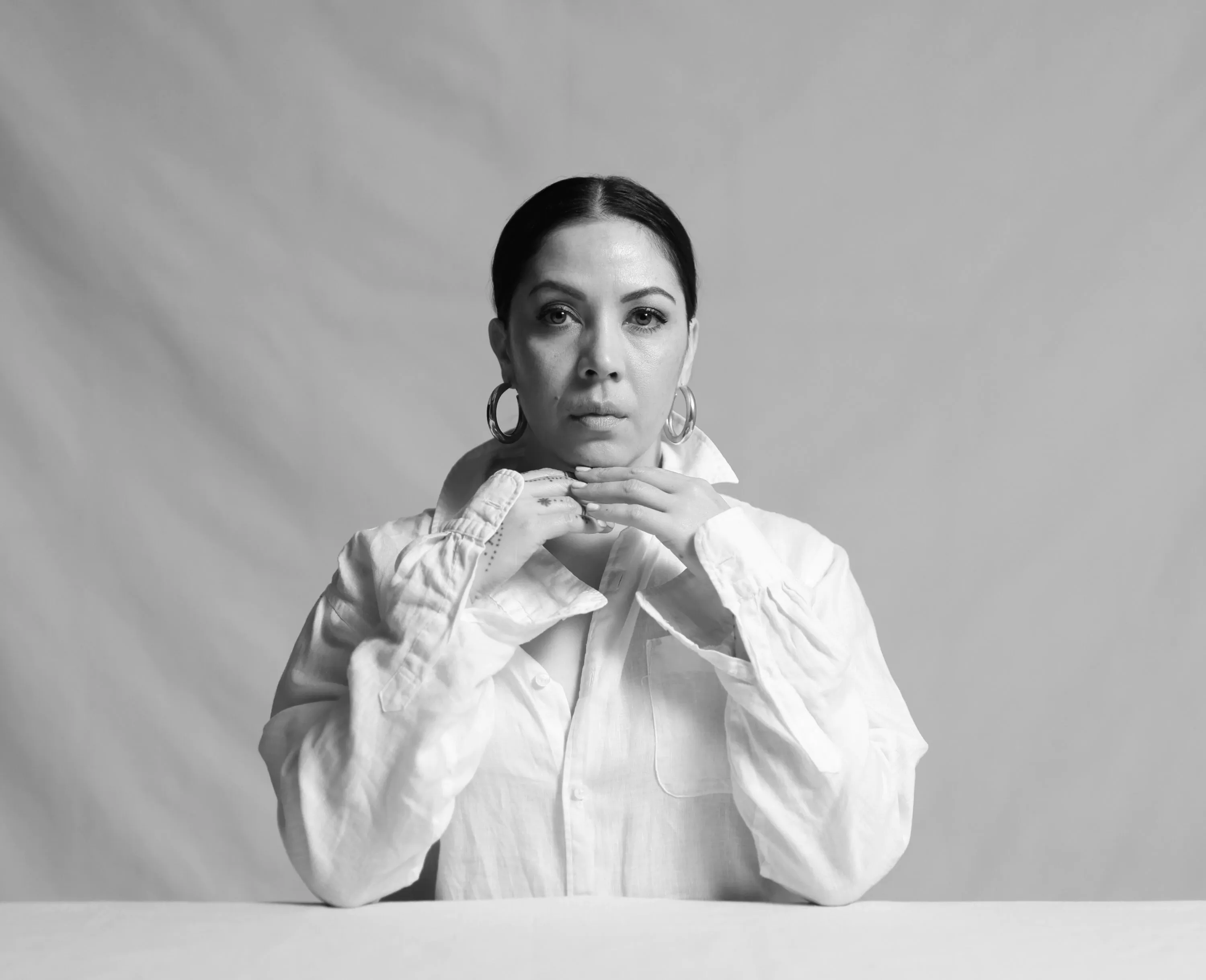
Cat Ruka. Photo: Ralph Brown.
Staying afloat in the roughest of waters
Independent artists and large organisations alike have found the going tough once again this year, and it’s put more focus than ever on how our arts are funded and supported.
With every COVID contingency plan being put into practice, there has still been a huge impact on creatives who rely on people physically being able to see, hear or experience their work.
The Lowdown spent much of the year keeping the creative community informed on the cancellations, frustrations and creative solutions shown by organisers in the unpredictable climate.
Keeping creative and technical talent in industries like the performing arts and music has been a struggle, as the real prospect of ‘The Great Resignation’ was openly discussed.

Live shows have been sadly lacking since Delta's uninvited visit. Photo: Supplied.
Support and funding were being called for, and the Government continued to step in with a series of initiatives for short term solutions and more and more funds and reviews put in place to start thinking long term.
There is certainly the need for more support but the ball is rolling.
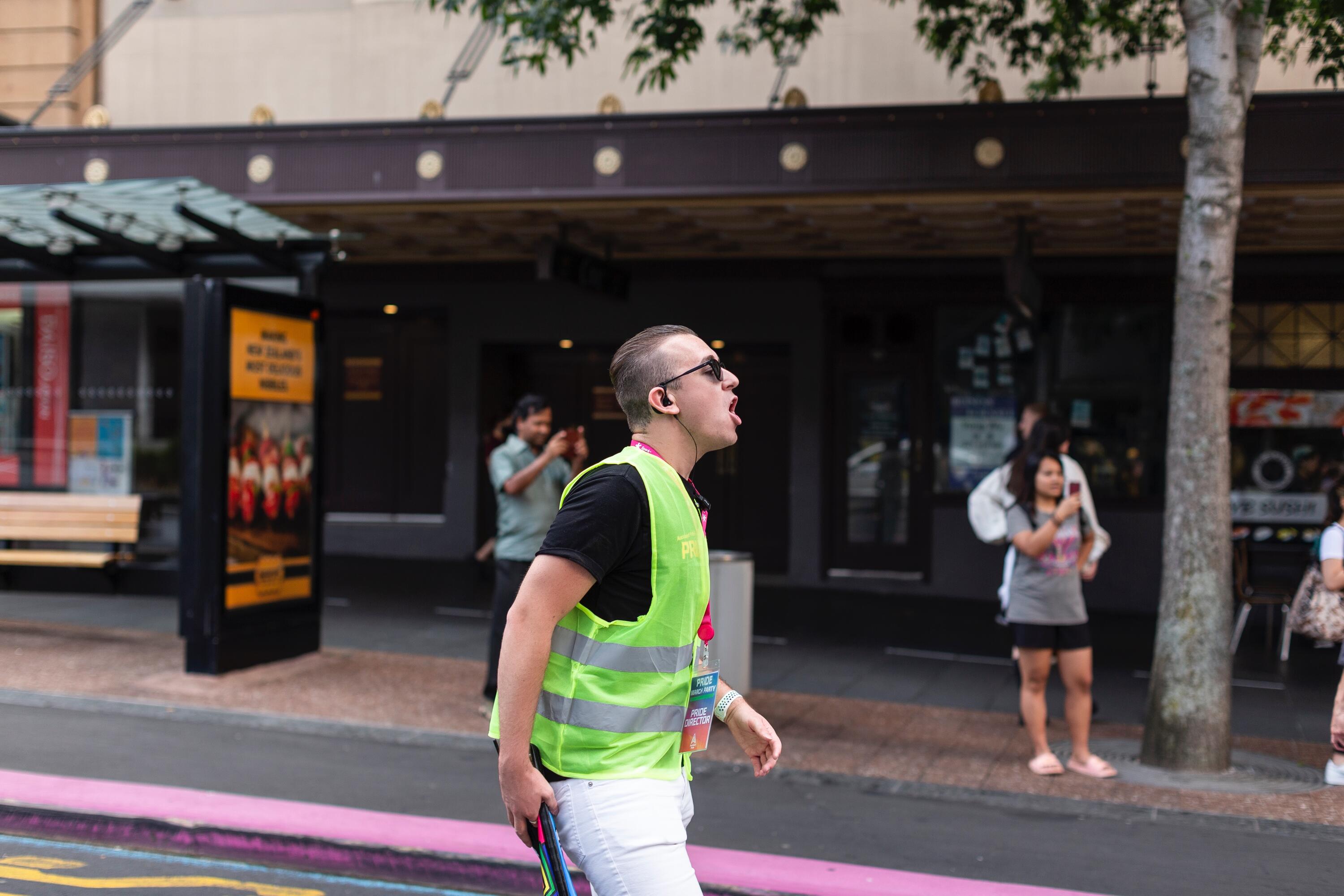
Max Tweedie. Photo: Becki Moss.
Pride Festival Executive Director Max Tweedie has been outspoken on this topic, and told The Lowdown Review “as we continue to navigate uncertainty amidst a global pandemic, these conversations will continue to be vital for the ongoing sustainability and survival of our independent artists, collectives, and arts organisations.
“This year in particular, we’ve seen how vulnerable our industry is at the hands of funding, but also the Government’s ability to distribute significant amounts of funding to save industries and sectors in crisis.
“COVID-19 should wake up our industry and decision makers that urgent transformation is required if we want to provide sustainable pathways and careers for artists."
Creative New Zealand’s extensive New Zealanders and the Arts – Ko Aotearoa me ōna Toi survey illustrated there was a desire for the arts to be funded better - it’s crucial to making the arts sector one that is attractive to be part of.
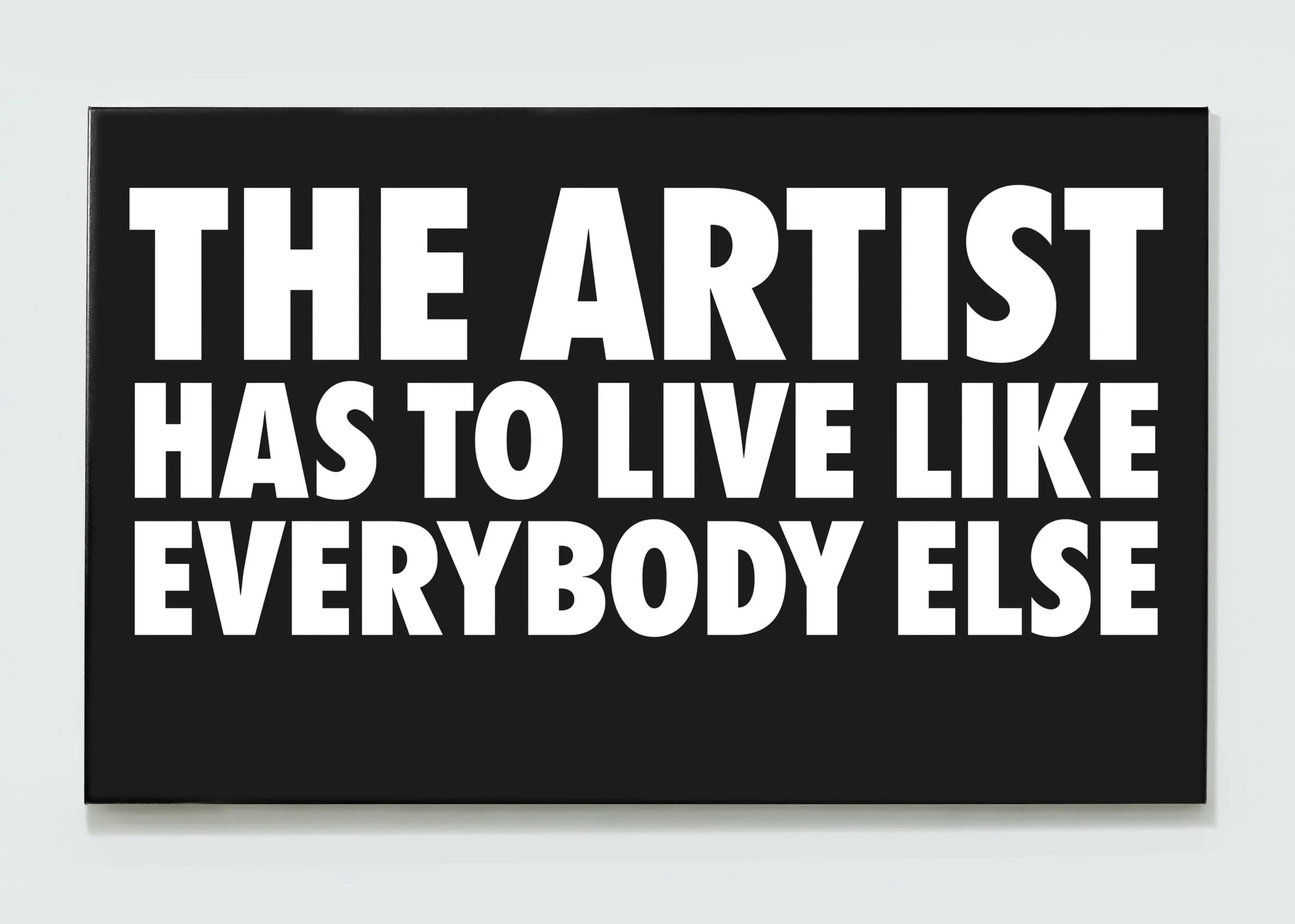
The Artist Has to Live Like Everybody Else, 1985/2018, UV ink on canvas, 100 x 162 x 3.5 cm. Photo: Billy Apple® Archive and The Mayor Gallery, London.
Part of that comes from setting better parameters for those in the industry being paid for their mahi as well - getting rid of the ‘low pay, no pay’ culture that has plagued the creative fields.
CNZ called for the sector’s feedback on a draft remuneration policy and The Lowdown understands it is being considered by the Arts Council this month. The organisation is expected to share an update in the New Year, with a spokesperson saying CNZ “wants to continue to work with the sector to effect enduring change.”
CNZ heads to the high court

Photo: Unsplash.
It’s been a big year for CNZ - including what’s thought to be an unprecedented trip to the High Court.
One of the longest running sagas of 2021 has been the landmark court case with Dance Aotearoa New Zealand (DANZ) challenging CNZ’s decision to remove funding from the organisation in 2019 as unlawful.
The Lowdown followed the saga through its legal run from June, which has been shaped as deciding DANZ’s future existence - something that those who have missed out or lost funding opportunities abruptly understand all too well. Going from $350,000 worth of support per annum as a Toi Tōtara Haemata client to zero with little notice would be enough to throw any organisation into a spiral.
It was a gamble from DANZ - even being successful in their challenge wouldn’t mean CNZ would need to fund them but Chief Executive Sheryl Lowe felt they had no other options if they wanted to survive.
In August, the High Court decided in favour of CNZ by dismissing the review application - what this means for DANZ’s future is yet to be seen.
Lowe told The Lowdown Review "The loss of core funding has put at real and imminent risk the continuation of the array of valued support services that DANZ has grown and delivered over nearly three decades to a sector more vulnerable than most.
"Dance as an art form already ranks among the least sustainable of creative careers within Aotearoa, and the undermining of financial support for its sole national service body is nothing short of devastating for the community at a time when the need for supporting infrastructure has never been more acute in the midst of a pandemic.
"DANZ is continuing its engagement with the government on urgent solutions for its survival and ongoing ability to deliver critical sector services. In the meantime its focus remains intently on providing guidance to help dance sector members deal with the unprecedented challenges brought about by COVID-19."
The fight for survival goes on - but the saga has brought the issue to the wider creative community’s attention and increased talk about being prepared to challenge decisions.
The year the bomb finally dropped
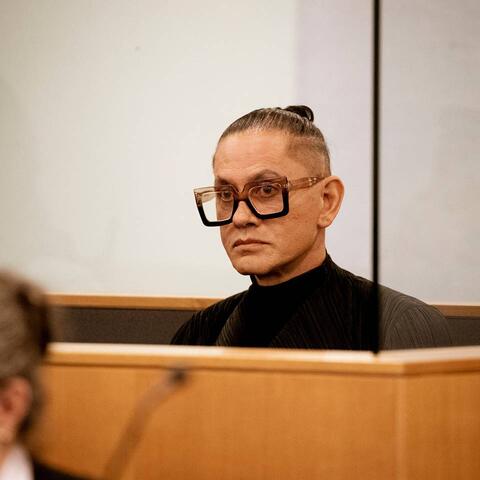
Mika X in court. Photo: David White/Pool.
Another court case brought with it a moment that was nothing but a black eye on the sector - and one that could have wider reaching consequences.
In March, well-known entertainer and once regarded as one of the shining lights for Aotearoa’s queer arts community Mika X - also known as Mika Haka - had his name suppression lifted as he was sentenced to 11 months home detention for attempting to dissuade and bribe an indecent assault victim from giving evidence against a prominent rich-lister businessman.
As noted by Mark Amery at the time “This conviction will come with much collateral damage for many people and their communities. I am thinking of those who for decades have fought for gay rights and the rights of queer youth.”
The prominent businessman at the centre of this all - despite being found guilty in March of indecently assaulting three people and later trying to bribe one of his victims, then sentenced to 2 years, 4 months - still has interim name suppression. The Lowdown understands that suppression is unlikely to lift any time in the next few months.
Mika X wasn’t the only one exposed, as the arts world continues in the process of turning an uncomfortable light onto the unacceptable behaviour that has gone on in the shadows for far too long.

Wahine toa Lydia Cole and Possum Plows helped bring the music industries seedy underbelly to the surface. Photo: Ricky Wilson.
Aotearoa’s music #metoo reckoning in January spoke to all the misogynistic undertones and completely unprofessional actions that you would have hoped were outdated cliches.
Highly influential managers Scott Maclachlan and Paul McKessar were named and shamed for power abuse and inappropriate behaviour.
As singer/songwriter Anna Coddlington said at the time on social media ““Whatever the norms of the music industry have been in your experience to date, know that the behaviours in this article are fucking unacceptable.”
The key to all this is, of course, the bravery of the victims who brought these shocking incidents forward. Justice can’t be served and change won’t be made without them telling their stories. It’s heartbreaking they were put in this situation in the first place. It can’t be tolerated any longer.
Gallery of unwanted attention
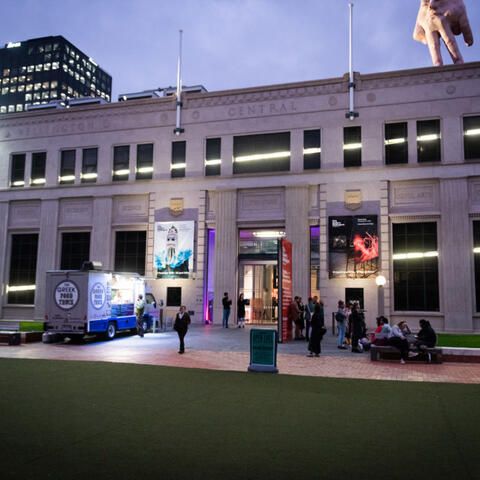
City Gallery Wellington. Photo: Supplied.
Not all change is welcome.
The public outcry over the restructuring of City Gallery Wellington (among several of the capital’s cultural institutions) was an issue that captured the creative community much more than those making the decision would have anticipated.
Andrew Wood’s emotive and pointed open letter to Wellington City Council and Experience Wellington (the board that oversees City Gallery on WCC’s behalf) set the tone and there was much more to come Experience Wellington’s way regarding the loss of autonomy and specialist skills over the gallery’s curatorial decisions.
The final structure was confirmed in June - but it’s hard to imagine this issue is over.
Wood told The Lowdown Review “It remains to be seen how the new City Gallery regime will manifest. That probably won't be clear until we start seeing what exhibitions they are able to produce in the uncertain future beyond the Hilma af Klint show. Not least with the ongoing spectre of COVID to contend with.
“Obviously one hopes for the best. What is undeniable is the departure of Robert Leonard from his senior curatorial post is a terrible blow to Aotearoa's art scene.”
Curators have been a hot topic in 2021, thanks largely to Nigel Borell back in January. His role in the hugely celebrated, successful and record-breaking Toi Tū Toi Ora exhibition was being celebrated at the same time as he resigned from his role as Auckland Art Gallery’s Curator of Māori Art, citing tensions over the gallery’s future direction and “different ways of viewing aspirations for Māori.”
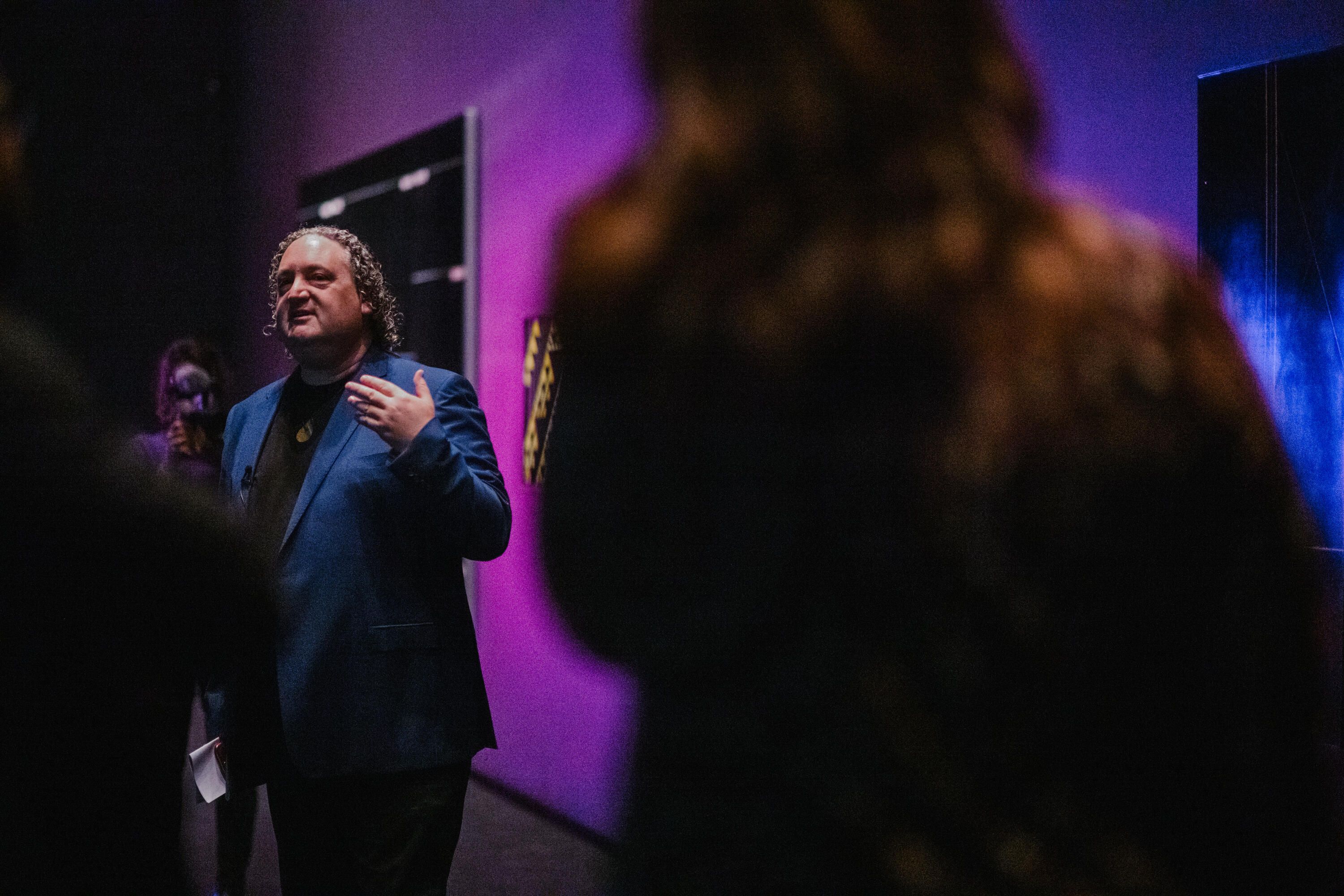
Nigel Borell at Toi Tū Toi Ora. Photo: Paul Chapman.
Borrell - who was made an Arts Laureate for his work in AAG’s most attended exhibition in 32 years - explained to The Big Idea in August “I was really just speaking about things that needed to be said. I was in a position to do so and walk that fine line with integrity, where everyone’s mana is still intact but to be critical and be honest about some of the challenges within institutions.
“It wasn’t planned, it was just a moment that was meant to be I suppose. If it’s been a catalyst or the lightning rod for people to see themselves and their own journey reflected then so be it. It probably speaks to a larger moment and movement and much-needed conversation coming to the fore.”
Lorde, oh Lord
The same can be said about another impactful contributor to 2021’s big discussions.
Choreographer and Atamira Dance Company Artistic Director Jack Gray broke the arts internet during Māori Language Week in September. He spoke of his personal experience with Lorde’s record label and subsequent feelings about the pop megastar’s decision to put out an EP with Māori versions of some of her latest songs called Te Ao Mārama.
If you somehow managed to miss this - Jack’s original piece Tokenism in Full Force and follow-up piece after the huge reaction on social media Waking Up Māori again should be considered essential reading.
Whether you agree with Jack, can emphathise with his view or completely reject it - it cannot be denied it was the catalyst for a conversation that spread throughout the country and around the world, with multiple viewpoints that had never been aired so extensively.
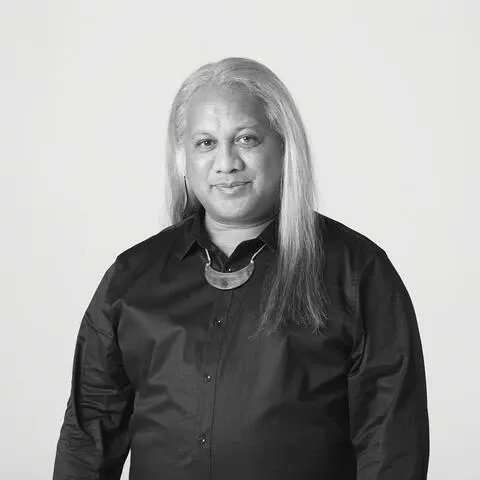
Jack Gray. Photo: Toaki Okano.
Gray told The Lowdown Review “It certainly changed my life in various ways after the article on Lorde was published. One minute I was in the first weeks of a Level 4 lockdown musing on my surprise at seeing a Te Reo Māori album being dropped and next I was in the throes of an epic debate with so many sides it was hard to see straight at times.
“There was an intense crush of national and international focus after this story erupted and I recognised that I needed to hold and anchor my space. Again, it took a massive effort by me and other Māori, as we were forced to publicly advocate the immensity of the misstep by the powers that be, who chose to centre Pākeha privilege and access to Te Reo Māori over the very real and needed intergenerational trauma healing that was and is still so required by many Māori.
“There were moments where my creative spark was well and truly ignited, as I endeavoured to sustain my positionality and increase interest in the wider aspects of how decolonisation works in today’s Aotearoa society. I pivoted the discourse into validating the uniqueness of my identity in a series of blogs called Waking up Māori which gravitated long-term trajectories of how the arts have always been a space of empowering Māori voices.
“Ironically, Lorde won a 'Power of Women Award' and talked about a Golden Megaphone she was given. I squirmed as she talked about the debate and that she felt it was ‘spicy’. Yes, things did die down – as they do, and as COVID poured more pressure on, but the impacts were largely positive.
“This national and international debate triggered widespread kōrero, many Māori came forward and shared their personal stories around Te Reo Māori and found pockets of support in these somewhat unrelenting times, people agreed to disagree (such is life) and I think many shifts happened invisibly in terms of people reconsidering idealism and tokenism and how and what are the best ways to explore our safe Treaty obligations.
“I don’t think this kind of thing will happen again (fingers crossed) and I thank The Big Idea for constantly providing the platform for voices not pushed forward by multi-million-dollar companies to have a say.”
Board upheaval
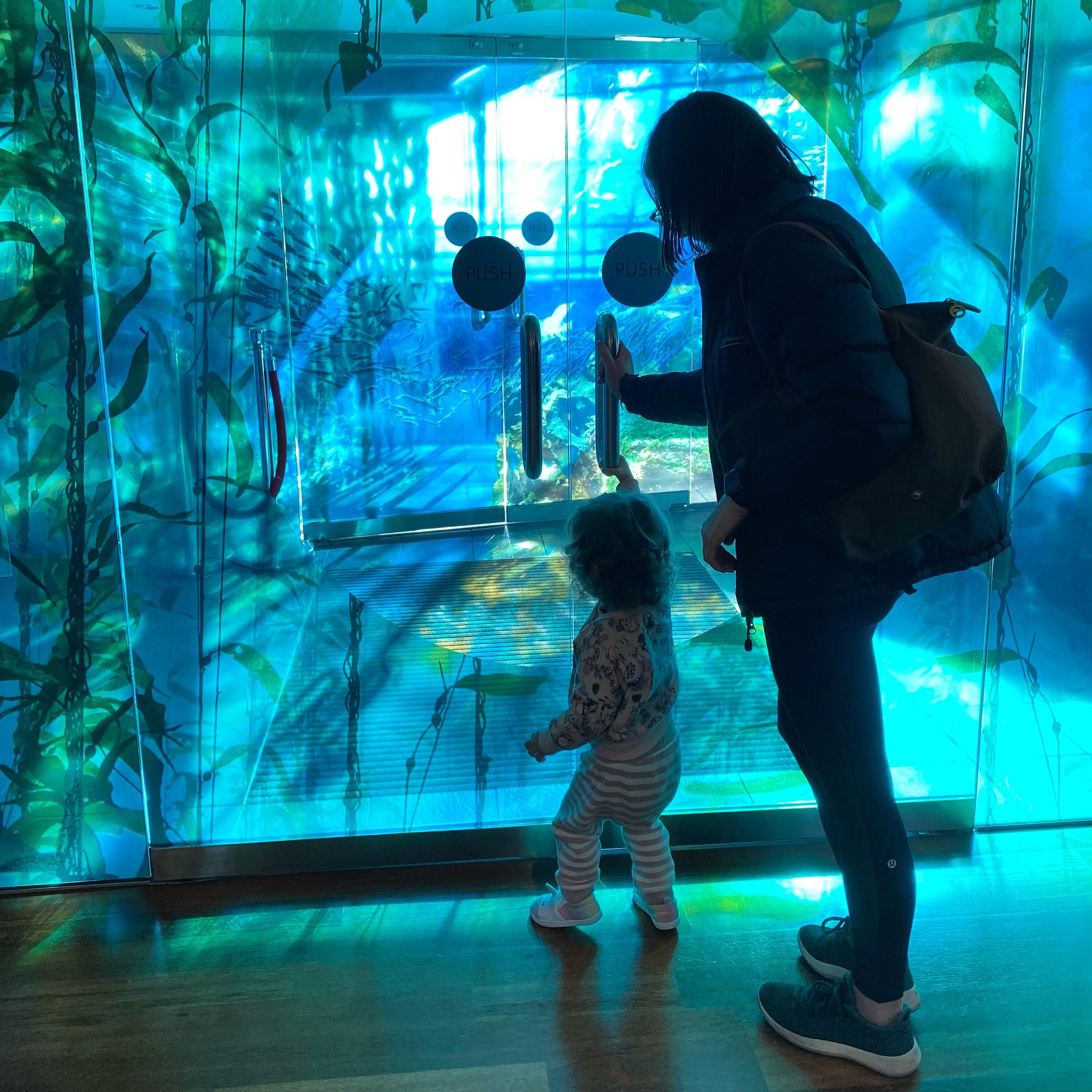
Family time at Nelson Museum. Photo: Supplied.
Nothing felt stable in 2021 - and many boards around the country can back that up. Many questions have been asked and ultimatums laid in the past 12 months - with many still to see final resolution.
Board turnover reached a new high with Museums Aotearoa’s entire board resigned en masse in April, The Big Idea told at the time it was over fundamental disagreements with Executive Director Phillipa Tocker.
The national professional association for museums, galleries and their employees - it was a tough spot for Museums Aotearoa to be in. But before she had to face the music at the AGM, Tocker resigned after 16 years in the role.
Tocker’s replacement was named this month - with Adele Fitzpatrick taking over in February, coming not from the GLAM sector, but the environmental one.
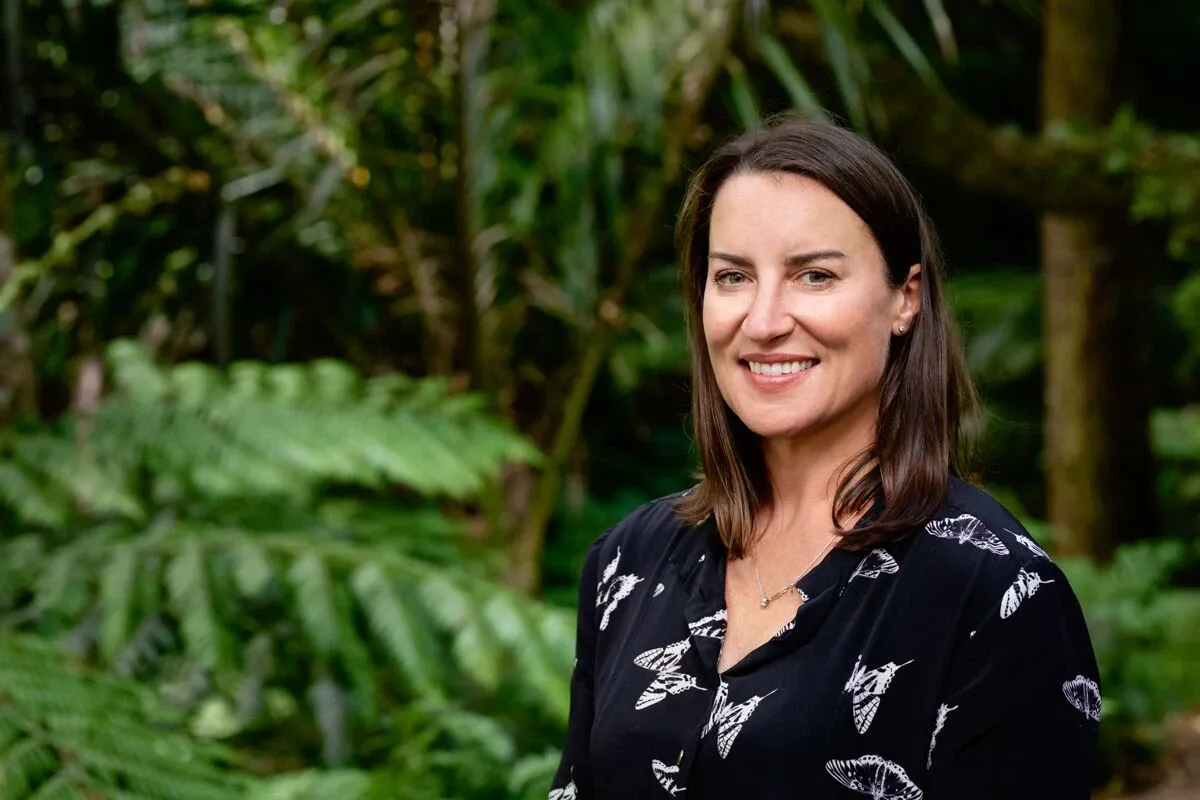
Adele Fitzpatrick. Photo: Supplied.
One of Museum Aotearoa’s Co-Chairs Tui Te Hau told The Lowdown Review “It has been an extraordinary year for Museums Aotearoa and our members. Top of mind for everyone has been managing through COVID which has taken much planning and will be ongoing.
“The new board of Museums Aotearoa has been in place for eight months. Following extensive consultation with members we went to market for a new CEO that would help reset and rejuvenate the organisation. We believe Adele has the right skill set, experience, track-record and connections to transform and energise our collective mahi and advocate for members and the sector as a whole.”
Museum Aotearoa members The Lowdown has spoken have spoken about being more optimistic about the organisation because “the change was absolutely 100% necessary” and while there is a little concern that Fitzpatrick doesn’t have a GLAM background, there’s a quiet confidence and hope the museum and gallery experience on the board will help guide that.
New Zealand Opera’s dramas were happening off-stage for a change, not a welcome one at that.
Like Museums Aotearoa, April was a tumultuous month for NZO - with board members Witi Ihimaera, Murray Shaw and Rachael Walkinton standing down and a growing chorus of discontent vocally questioning both the artistic direction and financial management of the organisation, which General Director Thomas de Mallett Burgess was quizzed about in August.
Those who have challenged NZO include some heavy hitters like poet Albert Wendt, arts philanthropist Jenny Gibbs, academic Tīmoti Kāretu, composer Janet Jennings, and a choir-full of singers, including tenor Simon O’Neill.
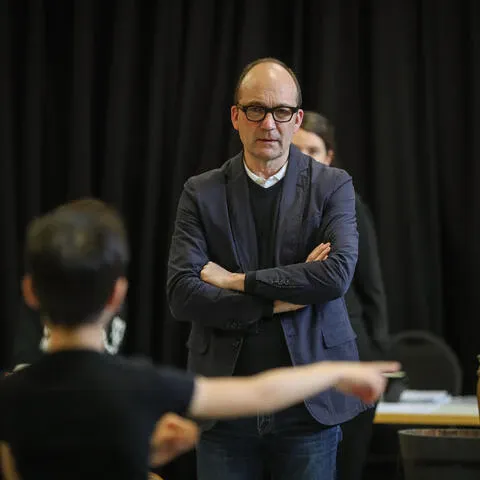
Thomas de Mallett Burgess. Photo: Supplied.
De Mallett Burgess told The Lowdown Review “the focus on NZ Opera this year has been important and helpful as our industry continues to evolve and we create a sustainable platform for opera to thrive in New Zealand.
“We have welcomed Dr Te Oti Rakena, Joanna Heslop and Carol Hirschfeld onto the Board this year – each are respected in their own fields and within the world of arts.
“NZ Opera continues to perform well and an independent review of our administration levels this year showed that operations were appropriate to output based on international standards.
“Despite the impact of COVID on the delivery of our programme over the past two years, NZ Opera has focussed on supporting artists and contractors financially.
Our artistic direction has the full support of the Board as we deliver sold-out performances of high quality opera for core repertoire with The Marriage of Figaro and new works like Ihitai ‘Avei’a – Star Navigator.”
A resolution has certainly not been met - the two sides have not found a way to meet in the middle - the finale of this discussion could still pack a punch.
Equity for Artists
Without creative minds, there is no art, no literature.
But we know that virtually never those creatives who benefit the most from the eye-watering sums that art can reach.
The issue of copyright and resale royalties has been simmering for years but it all came to a head after one November weekend.
From the two contemporary art auctions in held in Tāmaki Makaurau, $16,521,538 was spent - with $2.6 million of that lining the coffers of the auction houses through commission.
The commission for the artists or artist estates? $0.
The trio of highly regarded artists Dane Mitchell, Reuben Paterson and Judy Darragh struck while the iron was hot, announcing the formation of Equity for Artists with a mission statement of advocating for resale royalties & image licensing in Aotearoa's secondary art market.
Darragh told The Lowdown Review “the response to the Equity for Artists campaign has seen a groundswell of voices supporting resale royalties and protection of artists intellectual property rights. Media have reported widely on this prescient issue with articles in many outlets — even hitting an international nerve with an article in The Guardian.
“We have been speaking to Creative Licensing New Zealand (CLNZ ) at length and hosted an online zoom with over 100 participants — this was an opportunity to give clear information around the issues we are advocating for at a ministerial level. APRA and CNZ have both offered support and we will meet with Manatū Taonga Ministry of Culture and Heritage armed with an incredible number of letters of support from public institutions and arts organisations.
“More than ever, it is the time for artists to work collectively and lead these conversations, as the post-lockdown realities continue to affect all areas of cultural life.”
Given CLNZ have also been to the fore in the on-going request to get the National Library of New Zealand to dissolve their controversial deal with alleged literature “pirates” the Internet Archive, this kaupapa is likely to be one of the most important themes of 2022 for the creative community.
Loss of legends
We have seen much to be excited about in the arts - the future is looking bright especially with the rising stars being supported by the likes of Toipoto and Tautai’s Fale-ship residencies.
But we lost some wonderful contributors to our creative landscape in 2021.
For their overall impact, two stand out.
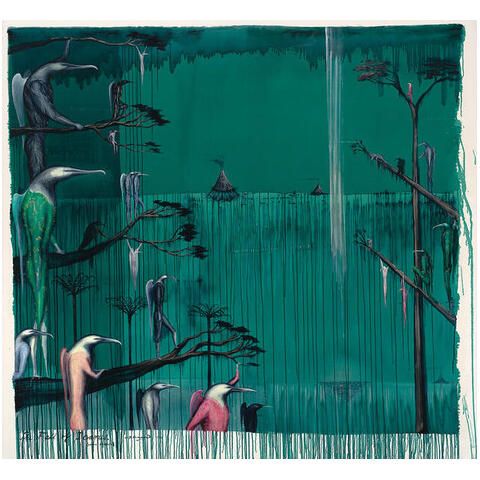
The Fall of Icarus (After Bruegel) 1995 by Bill Hammond.
The passing of Bill Hammond in late January, one of the country's most influential contemporary painters, at 73 was met with an outpouring of love, sadness and remembrance. Tributes flowed fellow artists, galleries, the halls of power in parliament and a multitude of fans and followers across social media, hailing his remarkable vision and the strong social and environmental influence to his art.
Christchurch Art Gallery director Blair Jackson summed it nicely “Bill has that rare quality in an artist; he’s someone who is highly regarded by his peers, but whose works appeal to people from all walks of life.”
And the man who took an artist being a brand to a new level, Billy Apple, left us this year as well, aged 85 in September.
More than ground-breaking, more than revolutionary, more than iconic. Apple carved a path for himself no New Zealander had even done before. The man who left our shores as Barrie Bates before returning as Billy Apple after earning a reputation alongside the likes of David Hockney and Andy Warhol left an indelible mark globally on the arts scene.
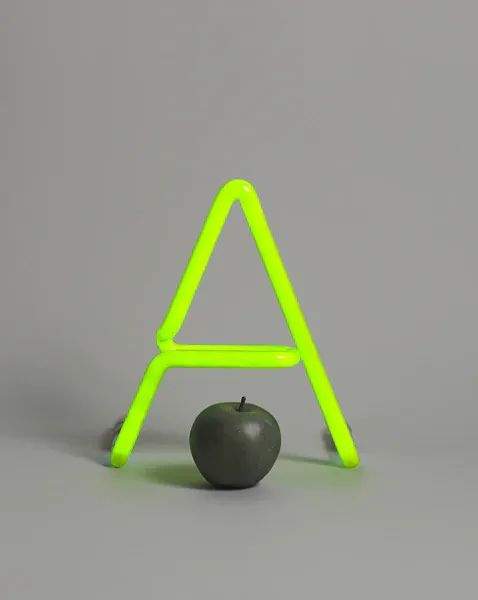
A For Apple, neon and bronze apple, 1962-63. Photo: Billy Apple® Archive and The Mayor Gallery, London.
The Big Idea featured what’s thought to be one of his final interviews earlier in the year, and heard from those who knew him well after his passing.
Art writer and critic Anthony Byrt explained his impact. “Another artist once said to me that the real mark of greatness is how much someone makes possible for the people who follow them.
“By that measure, Billy was one of the genuine greats. Contemporary art in New Zealand wouldn't have been the same without him. There are now several generations of us who owe Billy a huge debt.”
Gone but not forgotten - we look forward to the next generation of creatives unleashing their talent on Aotearoa and the world in 2022.
